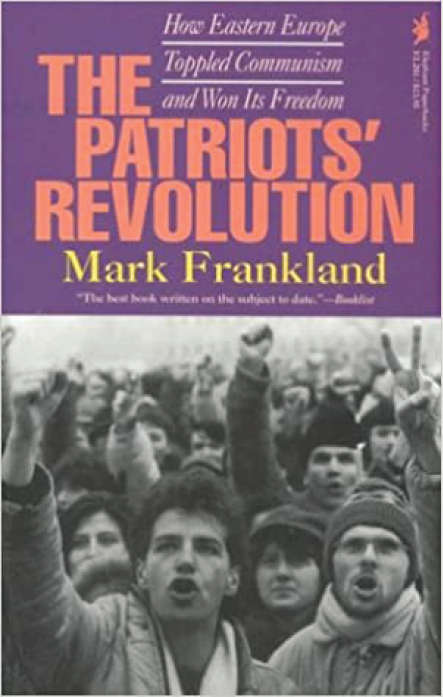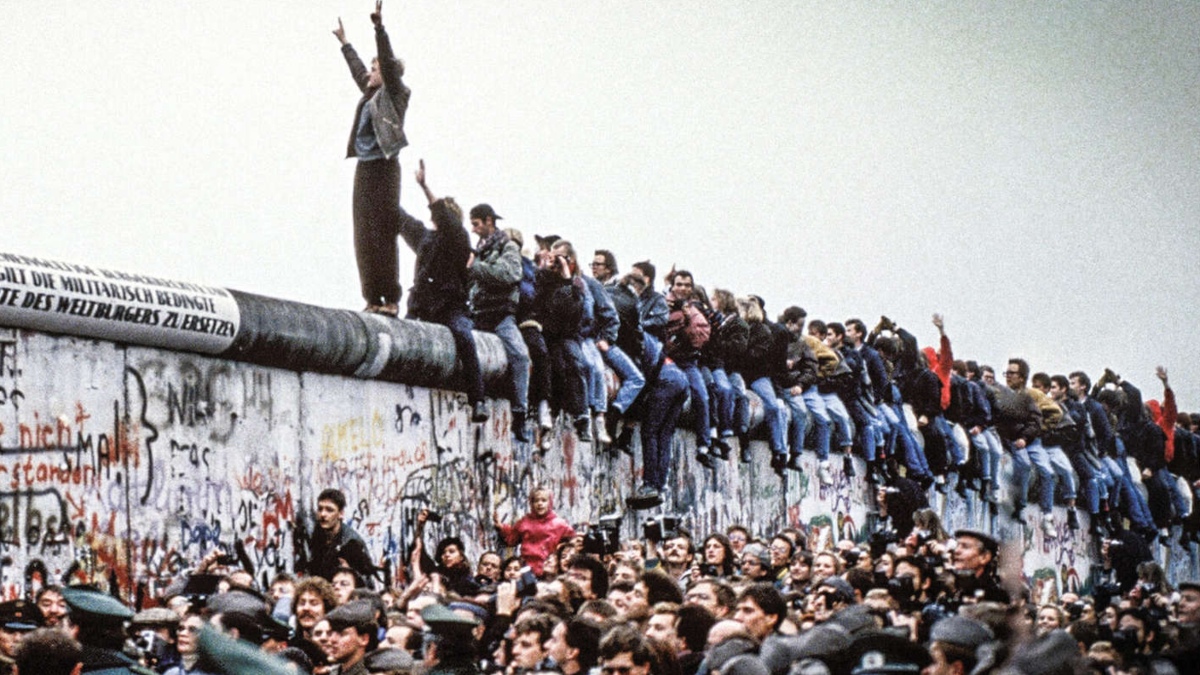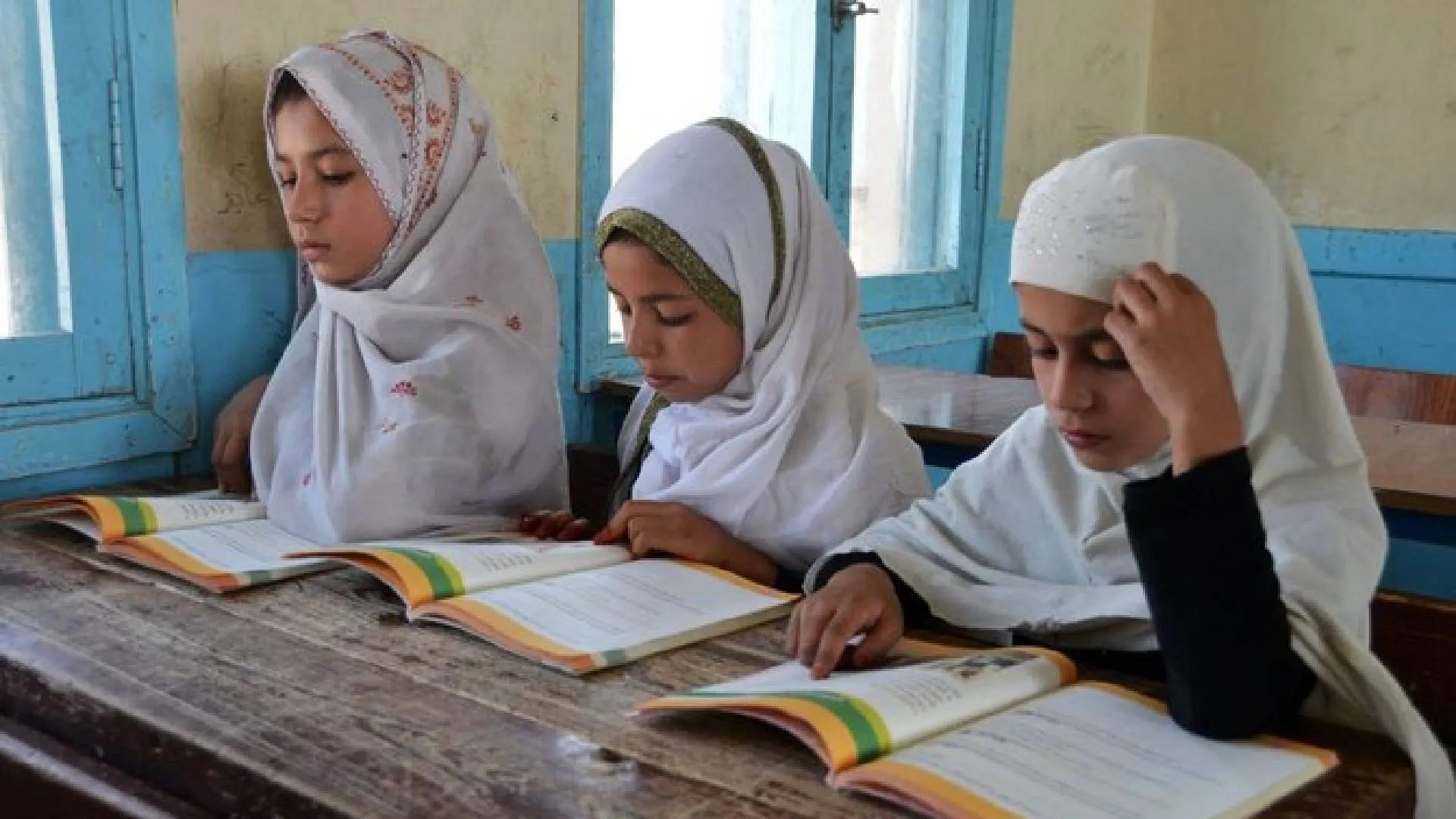For children of the 1970s and 1980s, the sight of scores of Germans on both sides bringing down the Berlin Wall and victoriously climbing the debris and greeting each other is still etched in their minds. By sheer coincidence, I laid my hands on this book a few days back. The author, Mark Frankland (1934-2012), was a former MI6 desk officer-turned-award-winning foreign correspondent, who wrote for the London Observer from 1962 to 1992. He was also a two-time winner of the British Press Awards for foreign reporting. However, he is more famous for Child of My Time: An Englishman’s Journey in a Divided World, a frank literary memoir published in 1999 that won him the PEN Ackerley prize for an outstanding autobiography.

The 20th century was arguablythe most eventful century in the history of the world. We saw two World Wars, the horrendous Holocaust by the Nazis, and also the end of imperialism and the liberation of many European colonies in all continents. Simultaneously, we also saw the rise of communism as well as oppression, genocide and massacres perpetrated by Communist (Marxist-Leninist) regimes. The reign of communism started with the October Revolution and the establishment of the USSR in 1917, and gradually spread to China and other countries. Its most fertile period was between 1940 and 1979 when it was established, by force or otherwise, in more than 35 countries in Eastern Europe, Asia, Africa and Latin America. But soon enough it started to crumble.
The fall of communism and the disintegration of the Eastern Bloc started with a popular revolution in Poland in 1988, which continued in Hungary, East Germany, Bulgaria, the Czech Republic, Romania, etc. The high point was the fall of the Berlin Wall—on 9 November 1989, thousands of jubilant Germans brought down the most visible symbol of division at the heart of Europe, The Iron Curtain or the Berlin Wall. In March 1990, the backbone of the communist world, the superpower Soviet Union (USSR), collapsed and split into many countries.
As a foreign correspondent, Frankland was in an advantageous position to observe the divided world from both sides. In 1989, he was an eye-witness as he covered the uprisings in Eastern Europe that brought the end of communism and ended the Cold War. He wrote, The Patriots’ Revolution: How Eastern Europe Toppled Communism and Won Its Freedom, based on his own reportage and observations on the ground.
The Patriots’ Revolution is the most contemporary account of the revolutions of 1989 as it was written as they happened. Frankland made it clear from the title itself that he viewed the revolutions as patriotic revolutions; this is at variance with the view taken by later day writers that it was a simple victory of capitalism over communism. His narration establishes that economic freedom may be one of the elements leading to uprisings, but not the predominant one. The desire for goods that had been hitherto unavailable was part of it, but people were more enthused by what patriotism and democracy would bring in. Here, Frankland enquires into a more fundamental question as to what is the primary driving force in the uprisings, what jolts people out of their lethargy and motivates them adequately to leave their couches and step on to the streets. His conclusions, which are more in the form of discoveries arrived at after scholarly research, explain how the feeling of patriotism can inspire people. Patriotism, pride in the self, pride in one’s own identity and pride in one’s country are natural and instinctive and form the primary motivation driving these revolutions.
Most European countries have gone through the history of uprisings or revolutions against conservative regimes in the last two centuries. This history was fresh in the minds of people; cities even had monuments erected for the heroes of these revolutions. Democracy, liberalism and patriotism were the driving forces in these centuries, whereas communism rejected the idea of the nation and did away with democracy. However, communist governments did not dare destroy the monuments erected for the heroes of earlier liberal revolutions. During the spontaneous Hungarian Revolution in 1956, against Stalinism, people walked from statue to statue in remembrance of previous revolutionaries. After 33 years, in 1989, they walked the same route again.
Frankland, on the strength of his reporting of these dramatic events for TheObserver, describes how the powerful communist system crumbled with little or no resistance in the face of demonstrators armed only with candles and slogans of protest. Replete with rich imagery and insights, his work captures the spirit of the times, the hearts of common men and women, important leaders and the defeated communists too.His nuanced and elegiac prose vividly paints the prevalent disaffection and brewing resentment and its roots. The book is an honest and truthful report on what it looked like and how it felt, and portrays what communism meant for its subjects and thereby divulges the reasons for its astonishingly sudden evanescence. The reader can verily relive the most breath-taking and extraordinary epoch in history. This book provides an excellent primer to understanding post-communist Eastern Europe.
Since Frankland wrote the book as the events unfolded, unlike later writers who viewed the revolutions through ideologically tinted glasses, the book scores high on contemporaneousness and verity. It is a valuable book for anyone interested in true world history.
Sreenivas Bidari is a senior IRS officer, a nationalist, passionate about social service, working for the poor and for the preservation of our civilisational values.























